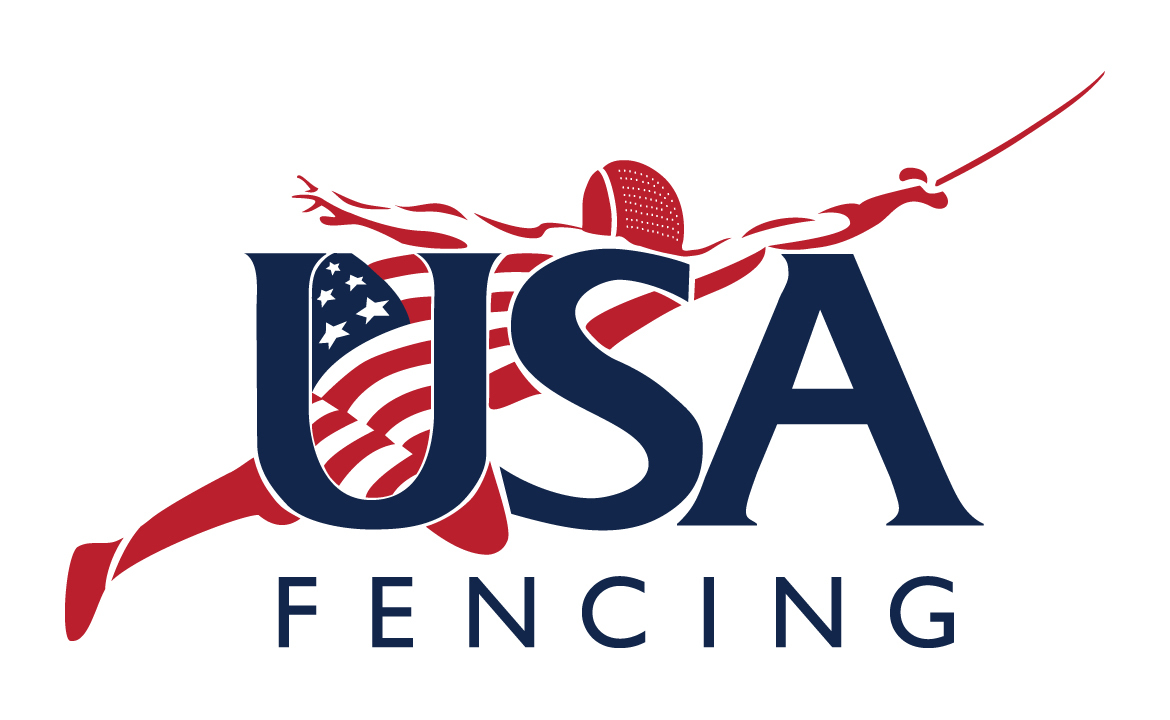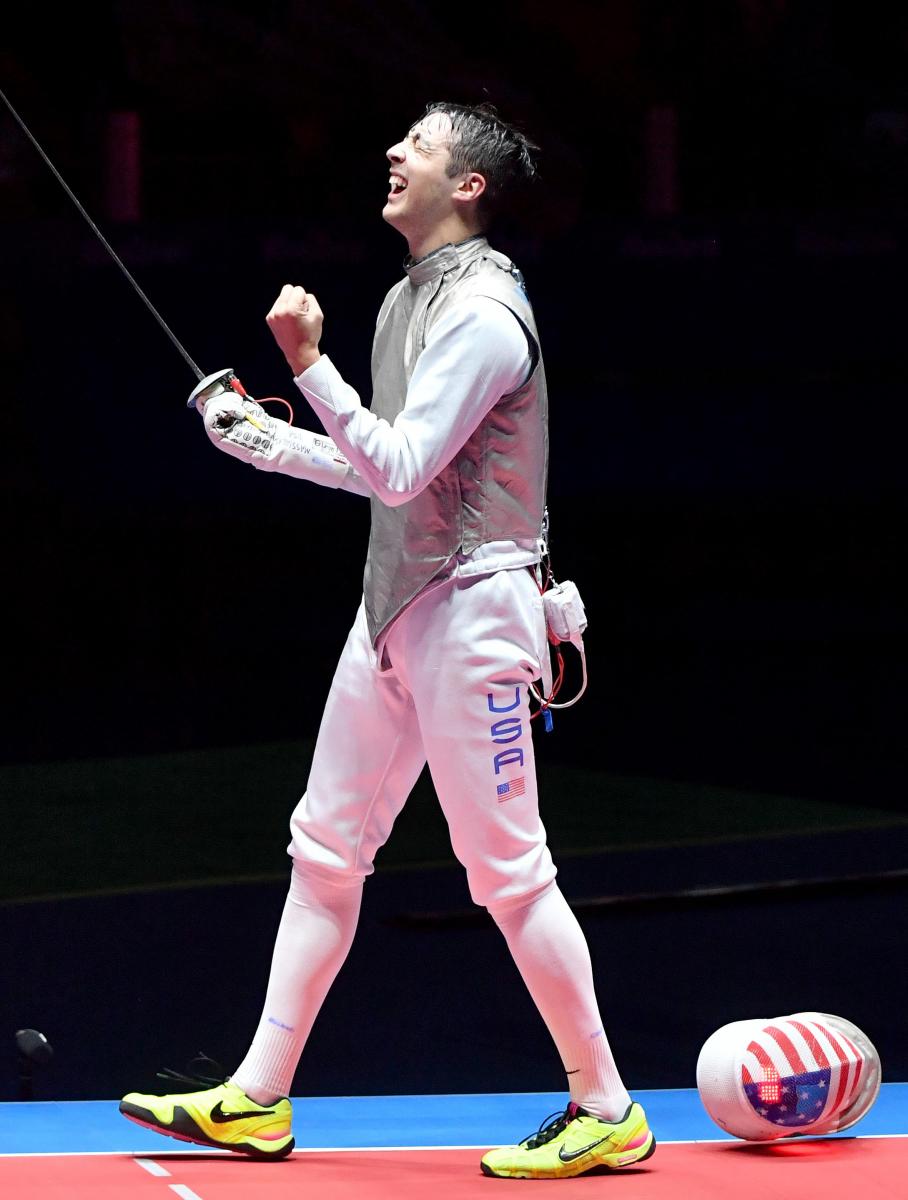

USA Fencing is the recognized NGB for the sport of fencing in the United States. Headquartered in Colorado Springs, USA Fencing was founded in 1891 as the Amateur Fencers League of America (AFLA) and changed its name to the United States Fencing Association in 1981. USA Fencing is affiliated with the Féderation Internationale d'Escrime(FIE), the international federation for fencing founded in Paris in 1913.
Sports Destination Management: Team USA did really well in fencing in the most recent Olympics.
Bob Bodor: We were really pleased with what happened in Rio. We came home with four medals and had a lot of good publicity that both preceded and followed the Games. We’re hoping it really allows us to grow the sport.
SDM: Does that generally happen following an Olympics?
Bodor: All of us who work in Olympic sports get a certain level of benefit from the Olympics. What’s funny is that even in a summer Olympics year, even non-summer sports see bumps. One of my friends is over at USA Curling and he told me people are seeing growth there because the Games themselves get people thinking about all kinds of sports. That’s really pretty cool to hear.
SDM: How are you taking advantage of the increased attention?
Bodor: We’re having sort of a victory tour. Just recently, for example, three of our medalists did a demo at Pier 39 in San Francisco, and they were also able to do a meet and greet and sign autographs, and we did some club outreach as well. We have other events planned too; it’s all about putting the sport where people can see it up close. We’re planning to do that in six different cities.
SDM: Is it challenging for the sport to only get this level of attention every four years?
Bodor: I think some sports are more able to take advantage of non-Olympic years. Fencing is one of them. Our world championships were televised two summers ago, so I really do think there is more visibility than there used to be. The Internet has also helped us. You also have the ability for people to stream things, and to watch them on their mobile devices.
SDM: Fencing is a non-traditional sport, and we’ve been told those are growing well among kids who don’t find their niche in traditional sports like football or basketball.
Bodor: We are seeing some good success at the youth level. What we’re also seeing is a strong correlation for youth between success in fencing and success in the classroom. It’s fun working with student athletes who value both sides of the coin. Something else that is very gratifying about fencing is the fact that it appeals to such a wide range of athletes. We’re always hearing people say, ‘My son/daughter was not very good at sports in a team setting, but there’s something about fencing that has really brought him/her out and made him/her much more sociable and outgoing.’ That’s great for us.
SDM: Is that mostly on the youth level?
Bodor: We’re actually seeing it all the way up, and not just on the NCAA side but in club sports.
SDM: When USA Fencing hosts an event, what sorts of things does it look for?
Bodor: Obviously, all the regular things any event needs, including a convenient airport, hotels, restaurants and so on. But for us, the facilities are really important. We’re strictly using convention centers because we need at least 180,000 square feet. Our Summer Nationals, for example, had over 4,000 athletes; it has become massive. Of course, you need seating for spectators too, parking and everything else. It's a great event, and we look forward to bringing the sport to cities each year.
Note: USA Fencing’s bid packet is available on its website; click here to access it. In addition, tournament resources are available by clicking here.

